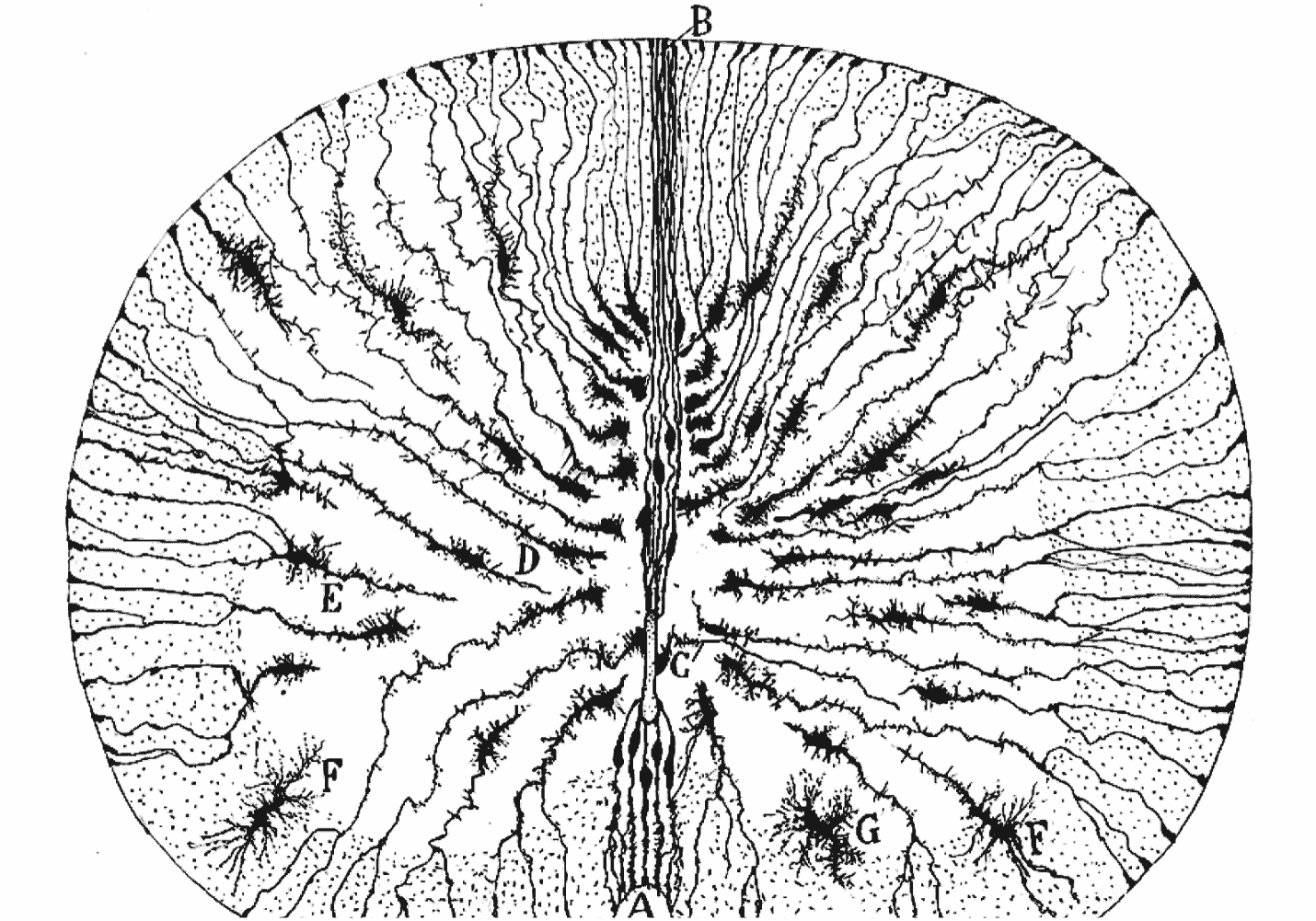Advancing Academic Discoveries in Neuroscience. Together.
SPARK NS two-year, immersive translational research programs eliminate barriers to success.

We fill gaps in knowledge and know-how
We bring academic researchers together to learn from their peers and industry experts and put aside competing interests for the benefit of patients.
OurPrograms
All the resources you need
Our programs help academic principal investigators advance therapeutic discoveries at any stage between target identification and entry into clinical trials.
OurProgramsFunding
Up to $2,000,0001,2 over two years
Education
Training and skills development
Mentorship
50+ industry expert advisors
Networking
Opportunities and introductions
A model that works
SPARK NS programs use a translational research model with an unprecedented 50%3 success rate developed and refined at Stanford University School of Medicine since 2006.
OurPrograms
SPARK NS 2025 Translational Research Program
SPARK NS is no longer accepting applications for this program. We will release a Call for Proposals for our 2026 program in April 2025.
Sign up for updates- 1.
Not all funds awarded go directly to PIs’ laboratories. For example, work done by vetted research organizations or academic research facilities will be paid for by SPARK NS directly to the organizations from awarded funds.
- 2.
SPARK NS does not claim ownership of any IP rights or take a financial stake in commercial products developed during or prior to the program.
- 3.
Kim, J.S., Kargotich, S., Lee, S.H. et al. SPARKing academic technologies across the valley of death. Nature Biotechnology 42, 339–342 (2024).